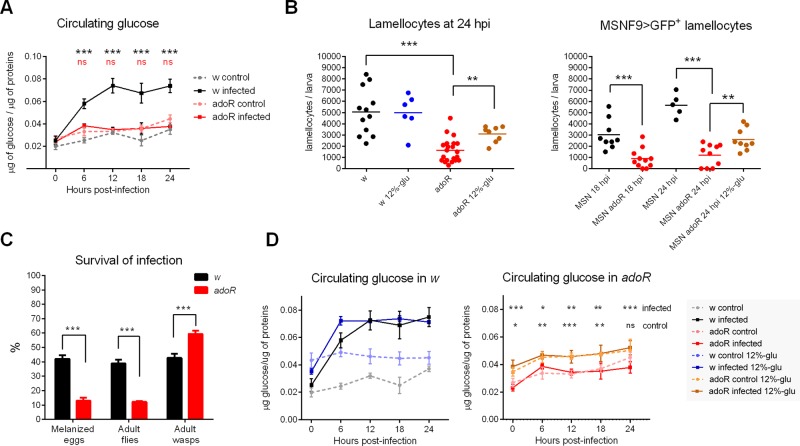Fig 4. Effects of blocking signaling through adoR on immune response.
(A) Increase in circulating glucose level during infection is suppressed in the adoR mutant. Values are mean ± SEM of four experiments; black asterisks—comparison of w; red “ns” (not significant)—comparison of adoR; tested by two-way ANOVA. (B) Number of lamellocytes based on cell morphology and a lamellocyte-specific MSNF9>GFP marker. adoR larvae contain fewer lamellocytes than w or MSN controls. High-glucose diet (12%-glu) increases lamellocyte number in adoR larvae. Each dot represents lamellocyte count per larva, the lines are mean values; tested by unpaired t test. (C) adoR mutation significantly reduces the host resistance to parasitoid wasp as assessed from frequency of melanized eggs (adoR—13% versus w—42%; n = 100 Drosophila larvae per genotype in five experiments), emerged adult flies (adoR—12% versus w—38%; n = 310 for adoR, 316 for w, in three experiments). Values are mean ± SEM; tested by unpaired t test. (D) High-glucose diet (12%-glu) significantly increases circulating glucose both in uninfected w and adoR larvae and in infected adoR larvae (graph with w does not show statistical significance). Values are mean ± SEM of three experiments; tested by two-way ANOVA. In all panels, statistical significance of differences is indicated as *p < 0.05; ** p < 0.005; *** p < 0.0005; and ns, not significant.

